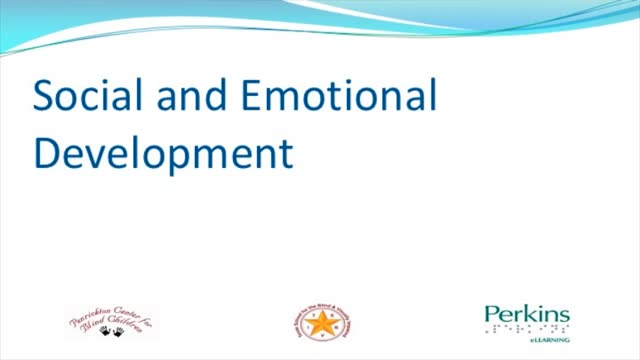Social and Emotional Development
From Children’s Emotional Development Is Built into the Architecture of Their Brains, a paper developed by the Center for the Developing Child Harvard University:
From birth, children rapidly develop their abilities to experience and express different emotions, as well as their capacity to cope with and manage a variety of feelings. The development of these capabilities occurs at the same time as a wide range of highly visible skills in mobility (motor control), thinking (cognition), and communication (language). Yet, emotional development often receives relatively less recognition as a core emerging capacity in the early childhood years. The foundations of social competence that are developed in the first five years are linked to emotional well-being and affect a child’s later ability to functionally adapt in school and to form successful relationships throughout life.

All humans are social beings, but for many children with significant disabilities social development is delayed in the same way other areas of development are delayed. Because social interactions provide richness and meaning as well as support and safety for all individuals, it is important that social and emotional development are not overlooked in our educational focus for these individuals. These individuals are often extremely dependent on others for support in multiple areas of their life. Helping develop skills in these two areas are critical, but how do we know where to begin? How do we determine the social and emotional developmental level of these individuals?
Dr. Nielsen addresses this topic in her book, Are You Blind?, and Patty Obrzut talks about it in the video that follows. It is important to understand how the adult needs to address the social and emotional development in the child through the use of the specific phases of educational treatment.
Patty Obrzut Discusses Social and Emotional Development
Description: How do children with special needs interact with those around them? Many children have wonderful relationships with parents, with teachers, with siblings and with friends, but other children don’t. Some children can be aggressive, or self injurious, or they might want to be left alone. Social and emotional development in children with severe multiple disabilities provides some insight into these behaviors.

